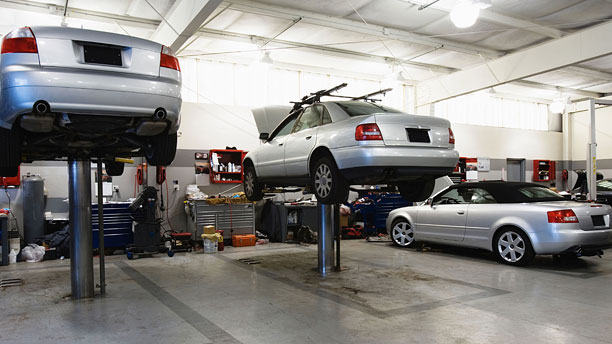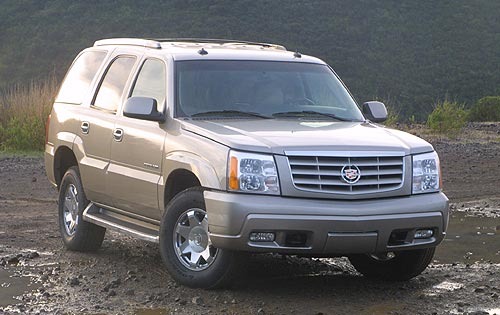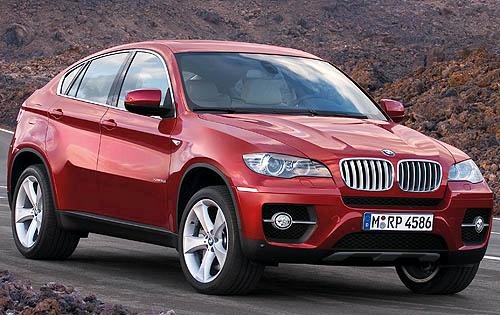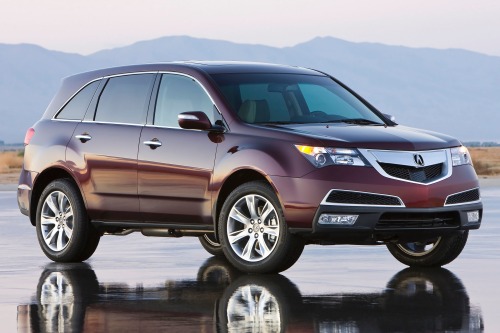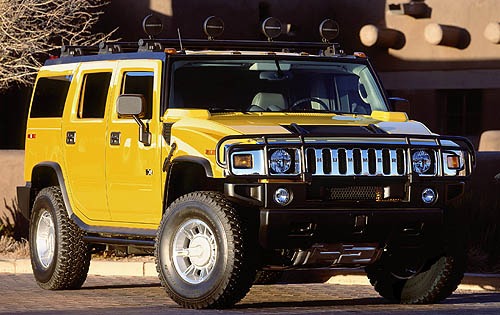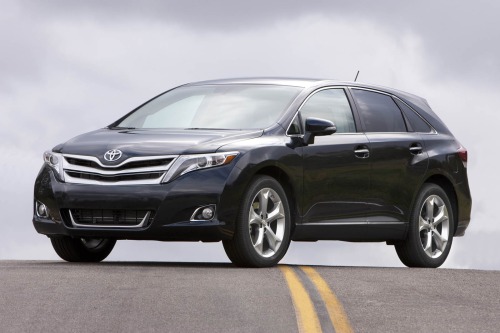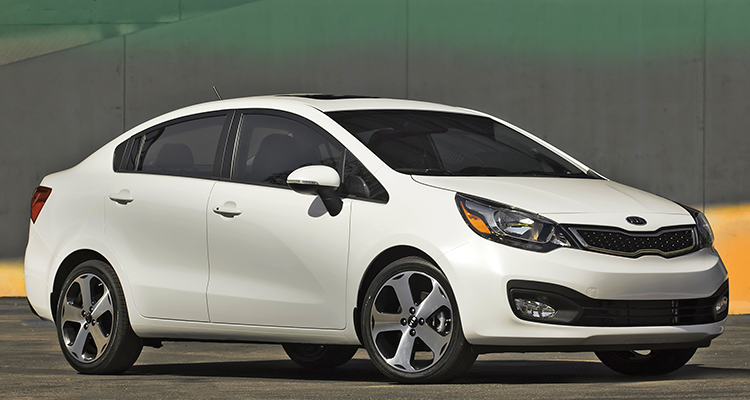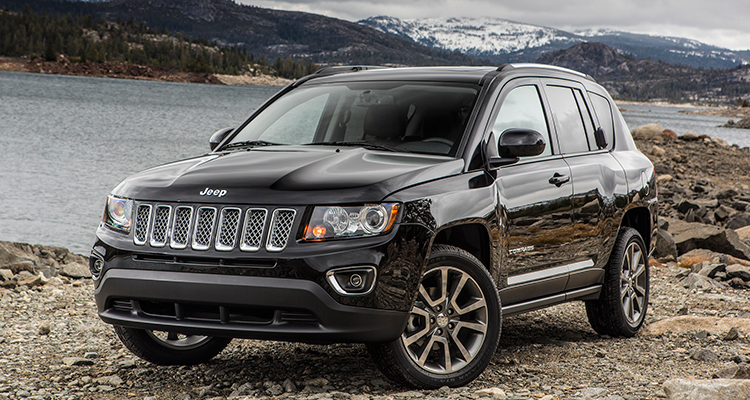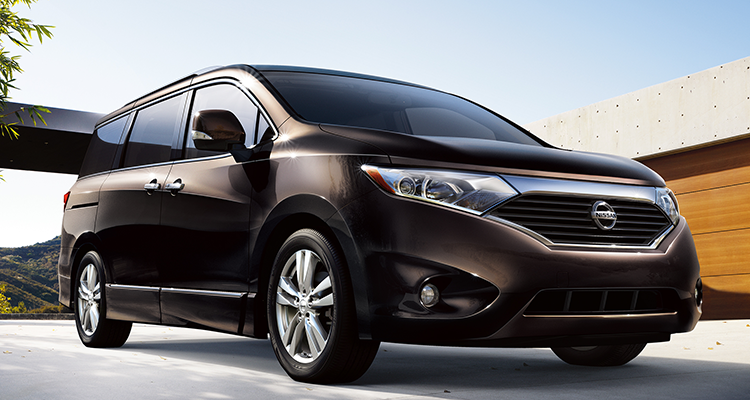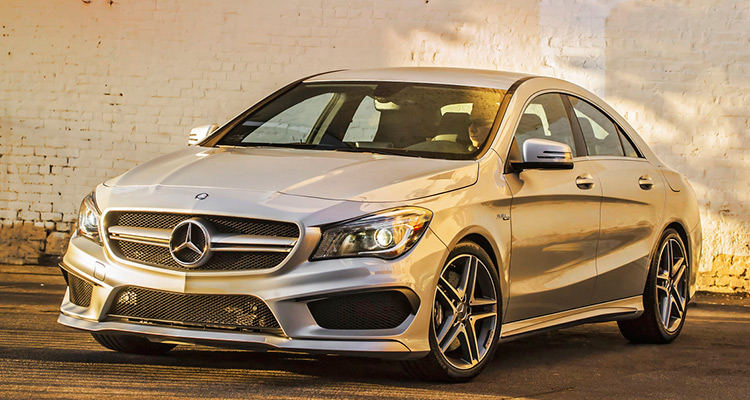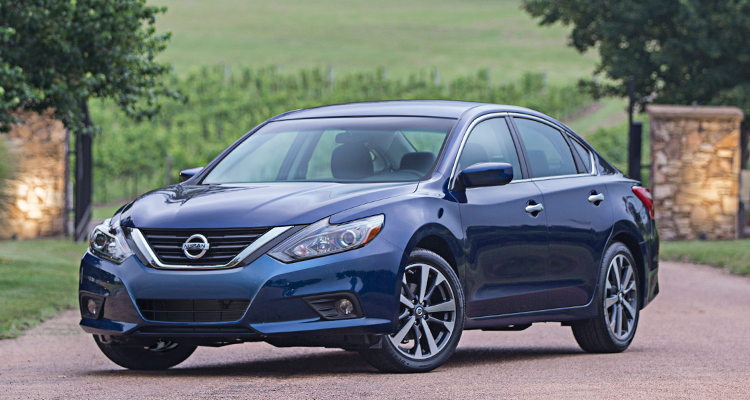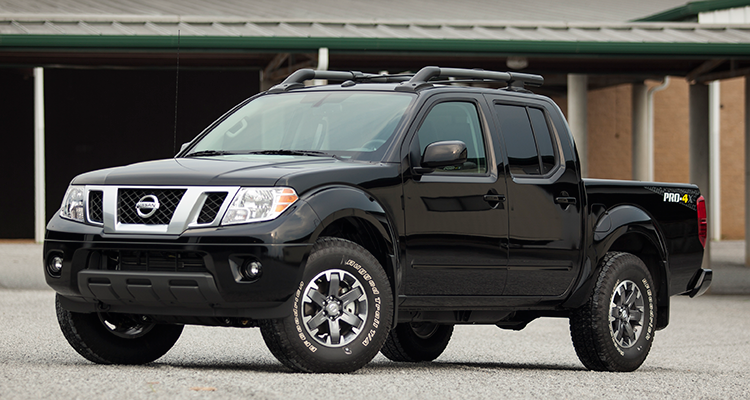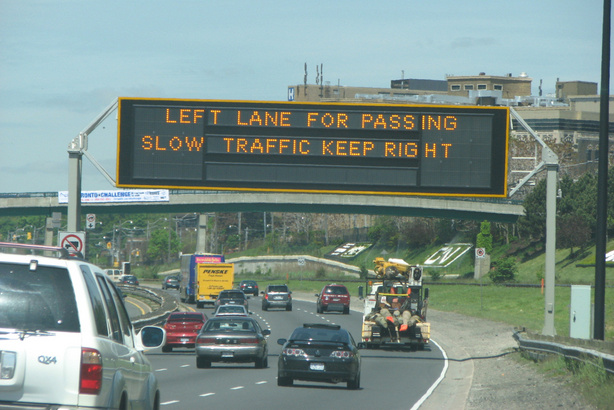Getting My Car Serviced – Should I go to the Dealer, or Local Repair Shop?
After you’ve driven your car, truck or SUV off the car dealer’s lot, protecting your investment and ensuring you get the maximum value from your vehicle is important. Keeping your car serviced, based on a defined maintenance schedule, extends its life expectancy. Deciding where to maintain your car can be a challenge, factors to consider include:
- Local garages often offer lower prices
- Car dealers are sometimes less convenient to home or work, where an independent repair shop is usually around the corner
- Brake, lube, or muffler shops often offer guarantees as long as you own your vehicle
- Car dealers seem to recommend additional maintenance services, where a local mechanic just does what needs to be done or what I ask.
Though these considerations are valid, it’s important to consider long term performance and cost of car ownership. In many cases, maintaining a relationship with your car dealer can save you money, even if you get some services done by independent repair shops.
Here are four factors to consider when deciding who you let work on what’s under your hood.
- Vehicle Manufacturer’s Warranty
Whether you have the standard “Bumper to Bumper” and drive train (engine, transmission and related parts) warranty or extended warranty, the terms of the manufacturer warranty usually requires you to use their parts, or have your car maintained by one of their authorized dealers. Certain services, like oil changes, brake pads or other wearable parts can sometimes be performed at a “factory authorized service station” that isn’t a dealer; but make sure you check first. Keeping a schedule of maintenance services will make sure you are covered by warranty, provided you keep up with services like:
- Lube, oil, and filter changes
- Tire rotations and alignment checks
- Brake inspection and servicing
- Tune-ups including spark plugs and wires
- Transmission service
- Inspections of your muffler or exhaust and cooling systems,
- Coolant/antifreeze flush based on your vehicle’s maintenance schedule
This seems like a long list of services, and possibly a great deal of expense. However often these services can be combined, or if they are done on time can help you avoid a much more expensive repair. If you have your tires rotated, the mechanic will often have a look at your brakes and muffler while the car is on the hoist. Lube, oil and filter changes usually involve checking all the vehicle fluids including a power steering and transmission fluid. Finding out the state of those fluids will let you know if there is a potential problem which might be covered under your car’s warranty. At an independent repair shop, they aren’t as motivated by your car’s warranty and may try to charge you for a repair which you should be covered for.
- Original Manufacturer’s Parts
Buying parts which were tailor-made for your car may have a sticker price higher than what you get from a shop that uses “after-market” parts (parts made by a company other than the one that built your car). The after-market parts may seem like the better deal, but if you use parts that weren’t made by the original manufacturer, they likely weren’t tested for:
- Safety and load tolerance tests with your vehicle during accident and other factory simulations
- Longevity, durability and fit to the extent that you will get from parts you will get from the dealer.
- Some after-market parts are built in countries where quality control standards are not as rigorous as that of the manufacturer
- Damage or other car problems caused by the failure of an aftermarket part will likely not be covered under the terms of your vehicle’s warranty
If you do need or want to get your vehicle serviced somewhere other than a dealership, try to find a service provider who uses parts from your car’s manufacturer. They last longer, and you can be sure they meet warranty standards.
- Good Will
Keeping a positive, ongoing relationship with the car dealer you bought your car from can pay off in the long run. If you have your car serviced there regularly, they will go the extra mile for you in numerous ways:
- Pointing out warranty items for you which need addressing which, and that if left un-repaired will incur costs when you exceed your vehicle warranty
- CSI, or “Customer Satisfaction Index” is a very important metric for car dealers. Service is an important part of their customer satisfaction objective.
- If you are a customer who frequents their service department, you could earn yourself a better deal on future vehicle purchases.
- Just like a good relationship with a doctor, dentist, or even a hair salon, getting to know your car dealer builds trust and goodwill. Getting introduced to the staff at the dealership when you pick up your car is good practice which any good salesperson should do for you.
- Since a car dealer retains records of all services performed on your car, if a problem occurred before, and they replaced parts from the car maker, they may get future replacement costs covered for you if the same defect occurs again.
- You will feel more valued as a repeat customer, and you can take advantage of dealer-only services like transportation to work, car washes or other courtesies.
- Vehicle Diagnostic Equipment
Local mechanic shops are often equipped for minor repairs such as brake pads, oil changes and other routine maintenance. Some car repairs require the use of testing equipment that is more expensive than local shops can afford; or they may not have mechanics that are trained to use them. Hooking your car up to a “Scope”, which determines why your car is behaving a certain way, may take a long time, or multiple visits to discover without the scope test. If your vehicle is beyond warranty this testing may cost money, however finding out the cause the first time could save you in the long term.
Owning a car is a big expense, and making sure you keep it properly maintained, on a defined schedule, can save you more big payments in the long run. Many repairs can also help you avoid accidents or breakdowns in poor weather or in places you don’t want to be stranded.
Making the choice to have your vehicle serviced where your warranty terms will not be violated is best choice, as is using parts which are factory made for your make and model. Don’t wait until it’s too late to get your car serviced. Scheduling services ensures there are no surprises and you will be able to predict when you will be without your car.
Need help getting your car serviced or repaired? Email us at [email protected] or call us at 1 (888) 657-3296.
